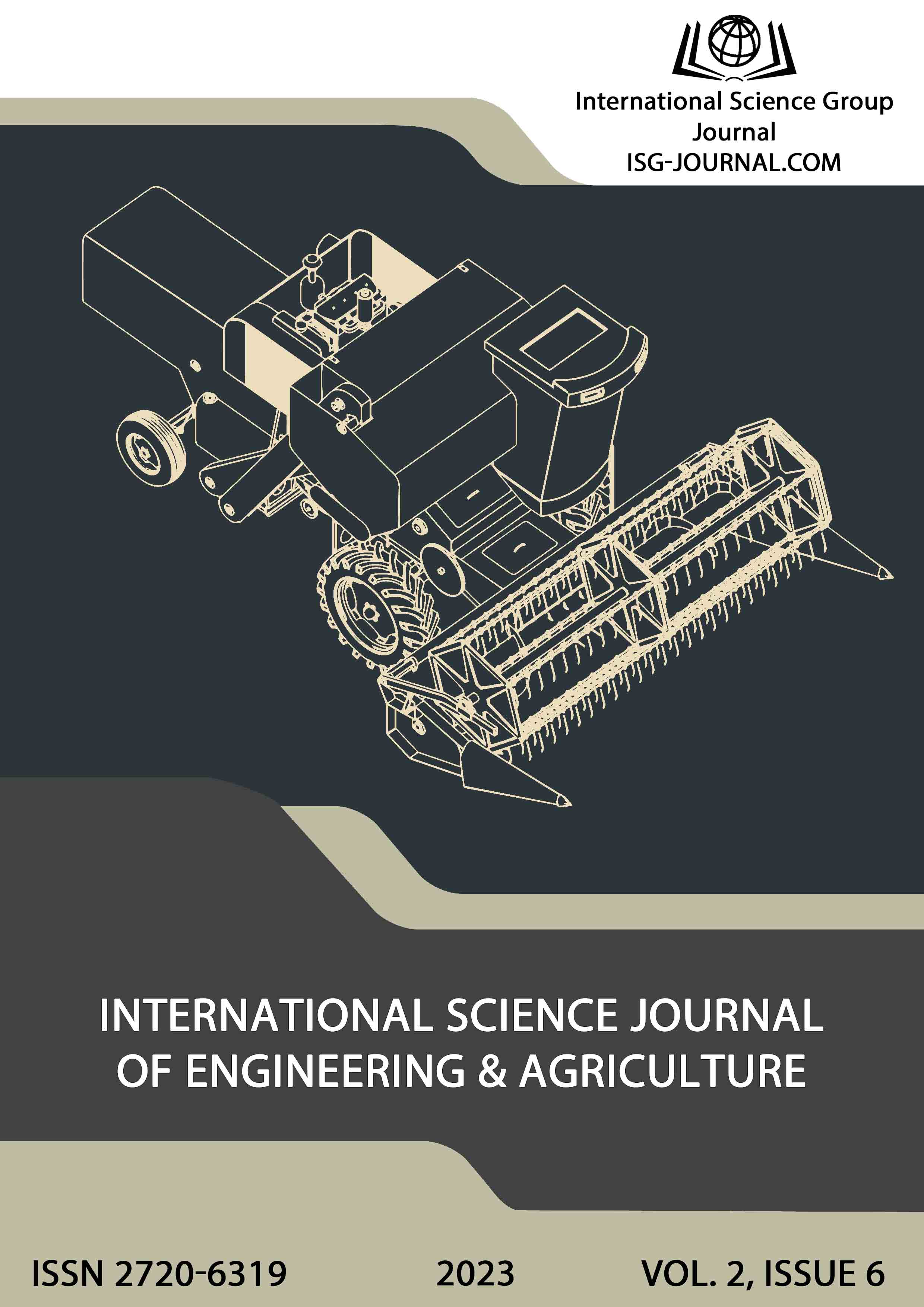Using charging stations for electric vehicles as a way of balancing the energy system
DOI:
https://doi.org/10.46299/j.isjea.20230206.09Keywords:
Electric vehicles, energy systems, charging infrastructure, social inequality, government support, technological innovation, transport, energyAbstract
The article discusses the current problems of using electric vehicles to balance the electric load of power systems. The main reasons for the imbalance of the power system and ways to neutralise this imbalance are presented. The complex dynamic and nonlinear nature of load changes in the power system, ways to minimise peak loads and power consumption downturns are considered. Ways to sell the resulting surplus energy and dynamic load changes of power generating capacities. The reasons and consequences of limited access to the use of some traditional methods of load stabilisation in the power system are analysed. The influencing factors and proposed solutions to facilitate the solution and minimise the impact of these problems on the quality of electricity in the grid are considered. The key aspects that affect the quality and stability of the electric load include the cost of electricity and electric vehicles, the development of electric vehicle charging infrastructure, existing social inequality and the financial capacity of potential buyers of electric vehicles, government support and technological innovations in this area. The article highlights new ways of energy storage, improving the environmental component of electricity generation and storage, and the production of electric vehicles, the main of which are methods of utilisation and recycling of lithium-ion batteries. The possibility of controlling the charging and discharging power of electric vehicles is also considered as a way to avoid overloading the country's energy system. Recommendations are made to consider this problem from the point of view of system analysis and to take into account as many factors as possible that affect the balance of the country's energy system and, as a result, to provide a comprehensive solution to the problem under consideration.References
Кузнєцов, М., & Лисенко, О. (2019). Характер балансування потужності в локальній енергосистемі з відновлюваними джерелами енергії. Науковий вісник Таврійського державного агротехнологічного університету, 9(1). Retrieved із https://oj.tsatu.edu.ua/index.php/visnik/article/view/178.
Karimi M., Mokhlis H., Naidu K., Uddin S., Bakar A.H.A. Photovoltaic penetration issues and impacts in distribution network - A review. Renewable and Sustainable Energy Reviews. 2016. № 53. С. 594–605. 10.1016/j.rser.2015.08.042.
de Quevedo P.M., Allahdadian J., Contreras J., Chicco G. Islanding in distribution systems considering wind power and storage. Sustainable Energy, Grids and Networks. 2016. №51. С. 56-66. 10.1016/j.segan.2015.12.002.
IRENA (2019). Renewable capacity statistics. [Electronic resource]. Available: https://www.irena.org/publications/2019/Mar/Renewable-Capacity-Statistics-2019 . Дата звернення: 15.11.2021.
С. О. Кудря, та ін. Відновлювані джерела енергії, моногр., С. О. Кудря, Ред. Київ, Україна: ІВЕ НАН України, 2020, 392 с. ISBN 978-966-999-077-8.
Кулик М.М. Можливості використання великих накопичувачів електроенергії для стабілізації частоти в об’єднаних енергосистемах з потужними сонячними електростанціями / М.М. Кулик, О.В. Згуровець // Відновлювана енергетика. — 2018. — № 3. — С. 6–14.
Holger C. Hesse Lithium-Ion Battery Storage for the Grid — A Review of Stationary Battery Storage System Design Tailored for Applications in Modern Power Grids / Holger C. Hesse, M. Schimpe, D. Kucevic, A. Jossen // Energies. — 2017. — № 10, 2107. р. 1 — 42.
Санатов Д. В. Тенденции развития технологий Smart Grid / Д. В. Санатов, руководитель проектного направления Фонд «ЦСР «Северо-Запад» [Електронний ресурс] // – Режим доступу: http://www.slideshare.net/skukraine/huawei-smart-grid-rus/
INAKI G. Management of Electric Vehicle Battery Charging in Distribution Networks : дис. канд. техн. наук / INAKI GRAU UNDA – Cardiff, 2012. – 164 с.
NIST Framework and Roadmap for Smart Grid Interoperability Standards, Release 3.0. [Концепция и дорожная карта по стандартам взаимодействия для Smart Grid] / NIST – Национальный институт технологий и стандартизации, США; Государственный коммерческий департамент США [Електронний ресурс] // – Режим доступу: https:// nist.gov/sites/default/files/documents/smartgrid/NIST-SP-1108r3.pdf
NIST Framework and Roadmap for Smart Grid Interoperability Standards, Release 3.0. [Концепция и дорожная карта по стандартам взаимодействия для Smart Grid] / NIST – Национальный институт технологий и стандартизации, США; Государственный коммерческий департамент США [Електронний ресурс] // – Режим доступу: https:// nist.gov/sites/default/files/documents/smartgrid/NIST-SP-1108r3.pdf
Bush S. F. Smart Grid: Communication-Enabled Intelligence for the Electric Power Grid / Stephen F. Bush. – Хобокен: Wiley-IEEE Press, 2013. – 576 с.
Петрик І. Балансування енергосистеми: в пошуках оптимальних рішень / І. Петрик, С. Зубарєв // Українська енергетика: веб-сайт. URL: https://ua-energy.org/uk/posts/balansuvannia-enerhosystemy-v-poshukakh-optymalnykh-rishen
Боришкевич В. Від яких електромобілів і як можна заживити будинок під час відключень світла. Бізнес України: веб-сайт. URL: https://thepage.ua/ua/auto/yak-elektromobili-mozhna-vikoristovuvati-pid-chas-blekautu
Аргун Щ.В., Гнатов А.В., Ульянец О.А. Екологічний та енергоефективний електромобільний транспорт та його інфраструктура. Вісник ЖДТУ. 2016. №2(77). С.18-26.
Downloads
Published
How to Cite
Issue
Section
License
Copyright (c) 2023 Valentin Davydov, Yevhenii Stafidov

This work is licensed under a Creative Commons Attribution 4.0 International License.






